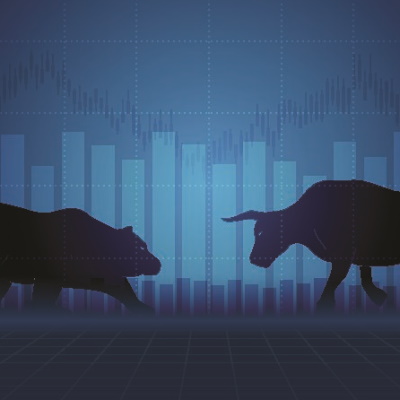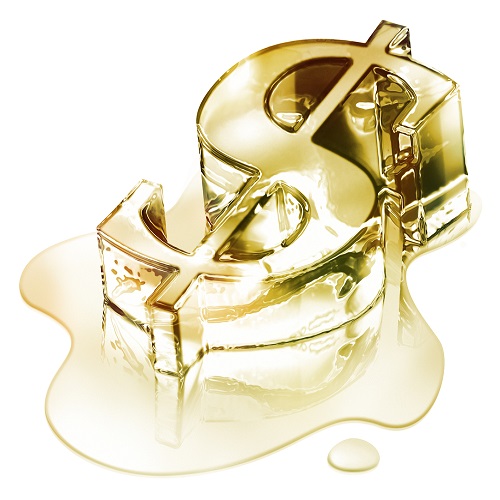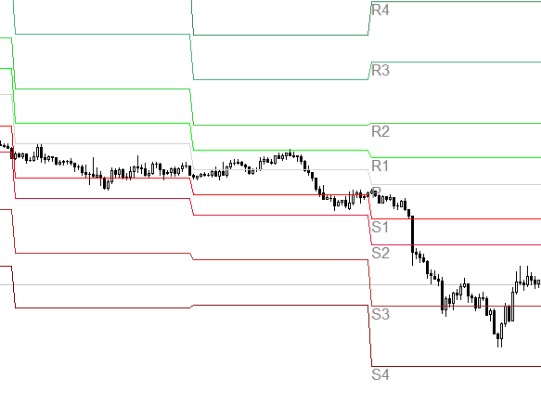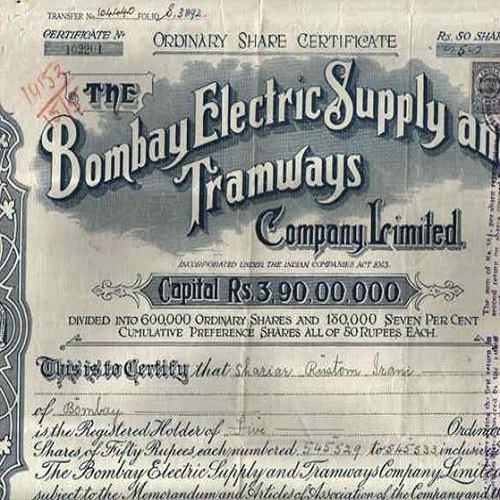Identifying Bullish and Bearish Markets while Trading Currencies
What is a bearish market and a bullish market? Find out with Queensway how to identify these by monitoring and analysing charts and technical indicators.

The Trend is EVERYONE’s Friend
Forex traders frequently realise that currency pairs most often follow a trend. An exchange rate might be rising, falling or evolving sideways. Each market condition can provide great trading opportunities, as long as what market configuration is evolving is recognizable.
What is a bearish market? How to identify rising markets at the start of a trend? What’s the best way to take advantage of it? Which market configurations are more profitable? How to best spot reversal points to fine-tune your timing?
This guide will answer all of these questions and provide an introduction to the different tools can be used to take advantage of the FX market regardless of the trend.
Bearish Market vs. Bullish Market
One of the first things to be done before starting the trading day is to determine the current trend observed on the underlying currency pairs being trading. Are prices forming higher highs or lower highs? How long has this trend been in place? What phase of the trend is the market in?
A bullish market for a currency pair occurs when its exchange rate is rising overall and forming higher highs and lows. On the other hand, a bearish market is characterised by a generally falling exchange rate through lower highs and lows.
The global movement of the exchange rate represents its overall trend. However, there are different kinds of trends according to the Dow Theory (a major trend, a secondary trend and a minor trend), which means they all have their own specifics.
You should avoid trading against the main trend.
Technical analysts can identify bullish and bearish market conditions by analysing exchange rate charts to spot chart patterns or by using various technical indicators to detect potential divergences.
Let’s take a close look at the ways of identifying bullish and bearish markets when trading the Forex market (or any other market for that matter).
Bullish and Bearish Chart Patterns
Some of the more reliable chart patterns that can help you identify or confirm the trend of an underlying asset include:
- Continuation Chart Patterns – These patterns imply that the price trend is very likely to continue in its direction after a pause. If prices were rising, then they might slow down, lose momentum and even decrease in value slightly within the general pattern. In the end, the main trend will resume once the reversal pattern is considered.
The most common continuation patterns are triangles, rectangles, flags and pennants.
- Reversal Chart Patterns – These patterns appear at the end of a trend to indicate that the current trend is about to change course and reverse. When a reversal pattern appears during a falling market, then a counter-trend reversal to the upside will occur. On the other hand, if such a pattern happens during a downtrend, then it suggests that the underlying asset is about to move up.
When markets are rising, reversal chart patterns include rising wedges, head and shoulders, as well as double or triple tops. Bearish reversal patterns include falling wedges, inverse head and shoulder, rounding bottom as well as double or triple bottoms.
- Candlestick Chart Patterns – The candlestick chart is one of the most popular types of charts used by technical analysts, as a candle offers plenty of information (open, high, low, close). Once completed, candlestick chart patterns can become powerful tools to predict, not only the price direction but also the momentum and the strength of the movement.
While candlestick patterns are mostly either bullish or bearish patterns, there is also a famous candle called a doji that usually reflects market indecision where neither the buyers nor the sellers have control of the market. A doji is usually represented by a relatively flat body (meaning that the opening and the closing price are the same or very close).
Of course, there are also bearish and bullish candlestick patterns. Some patterns can be either bullish or bearish depending on the market configuration, such as harami, harami cross, or engulfing patterns.
Bullish and Bearish Technical Divergences
To trade using divergences, you first need to use technical indicators in addition to your price action analysis.
A divergence appears when the information given by an indicator contradicts the actual price action. These ‘disagreements’ are often used by traders, as a powerful technical signal that prices might be about to reverse.
 For instance, technical traders might look for a bullish market trend indicator like moving averages crossovers – when a shorter-term moving average moves above a longer-term moving average. A bearish trend would be indicated by the shorter-term moving average being situated below the longer-term one.
For instance, technical traders might look for a bullish market trend indicator like moving averages crossovers – when a shorter-term moving average moves above a longer-term moving average. A bearish trend would be indicated by the shorter-term moving average being situated below the longer-term one.
When a divergence on a momentum indicator (such as the Relative Strength Index –RSI, the Stochastics Oscillator and the Moving Average Convergence Divergence – MACD) is observed relative to the exchange rate in extreme territory, it can be used to predict that bullish or bearish reversals are likely in the near future.
For example, where a rate crosses a new high but an overbought RSI (above 70) fails to achieve a new corresponding high – a bearish signal is in place.
Bullish and Bearish Chart Levels
When examining key reversal points, Chart points above the current rate are considered resistance, but when below – support.
Their proximity and importance vis-à-vis the current exchange rate can either bullish, when near a strong support level, or bearish, when near a strong resistance level. They grow weaker when the distance grows.






